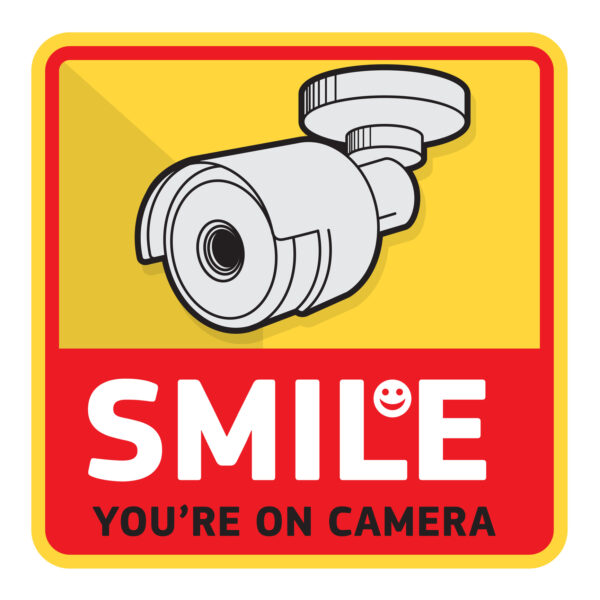Security Cameras at Work
Shawnee Love • July 4, 2019
Most have encountered the sign “Smile, you are on camera” and understood it to mean that the area they are about to enter has security cameras. In some industries, security cameras are absolutely the norm. Think convenience stores, luxury retail, and most recently, companies involved with cannabis.
Interestingly, the use of security cameras has been on the rise over recent years in general. Employers are using them to prevent theft and damage with the assumption that people knowing they will be filmed will look for easier “opportunities”. Additionally, the technology is becoming quite user friendly (think connected to your smart phone) and the resulting videos are increasingly high quality, so more owners are seeing the value.
If you are thinking of implementing security cameras in your workplace, it isn’t so simple as buying and installing the equipment. Implementation requires planning and part of the planning needs to consider your employees.
I have seen security cameras create significant stress for employees when the cameras are installed:
- Without notice or communication,
- In areas unnecessarily or even inappropriately (think change rooms), or
- When the culture has undertones of mistrust, fear or suspicion of management.
We suggest if you want cameras to protect your workplace, you do the following:
- Communicate the intention to your people. Ensure they understand the need and purpose for the cameras and what the cameras will do for them. Try to do this in advance to provide people time to ask questions and acclimate themselves to the idea.
- Create and/or update policies associated with privacy, record keeping, and building and personal security. Ensure these policies are explained to staff (and comply with any legal requirements).
- Advise employees the plan for implementing the cameras. It goes a long way to offer to show employees how the cameras will work, how recordings are handled, etc. so the idea of cameras isn’t so unknown.
- Execute the rollout plan (including putting up those “Smile” signs) and keep employees updated on any changes.
- Ensure candidates know how, when and where they will be recorded if they are hired and remind new hires of the same.
- Revisit the technology and processes every now and then to ensure they still fulfill the purpose(s) they were designed for.
Any questions about how to implement cameras or any other change in your workplace? We are here to help!





